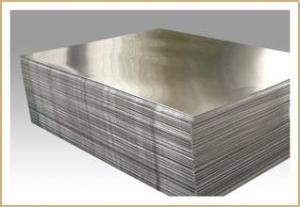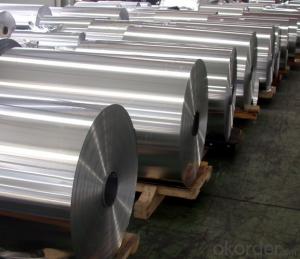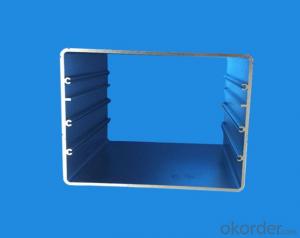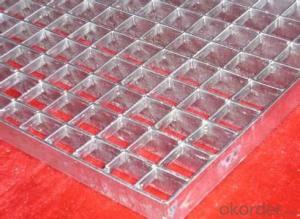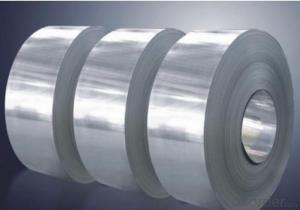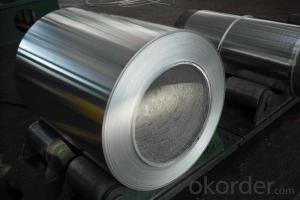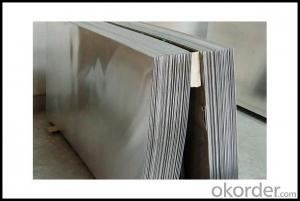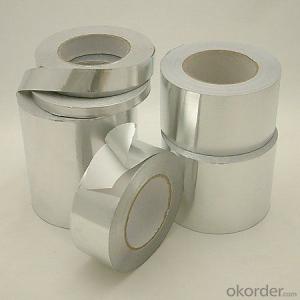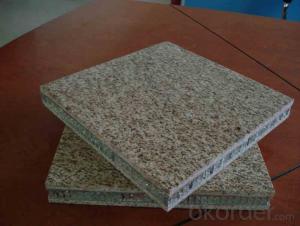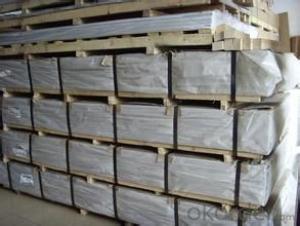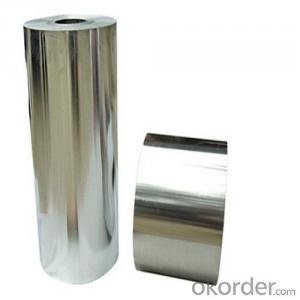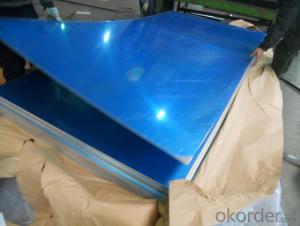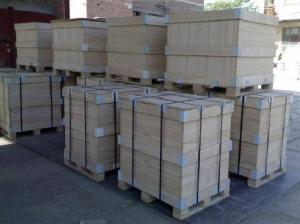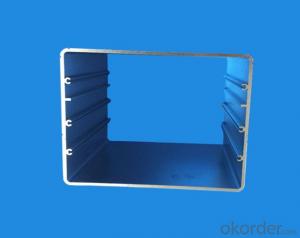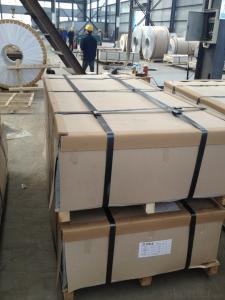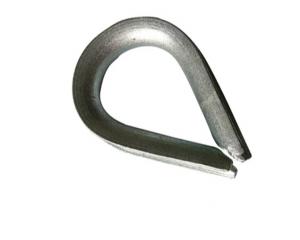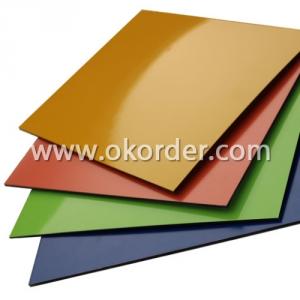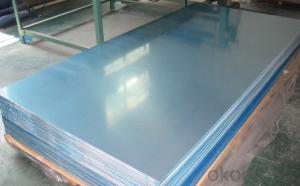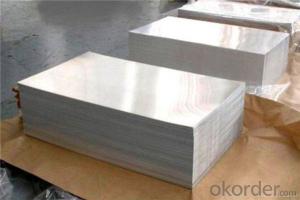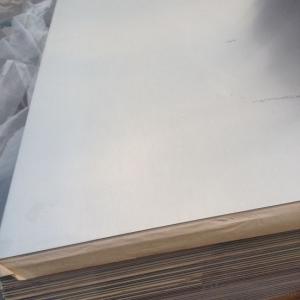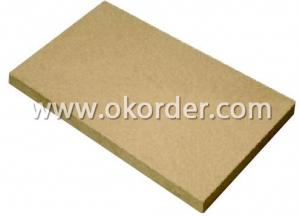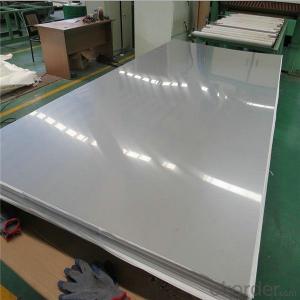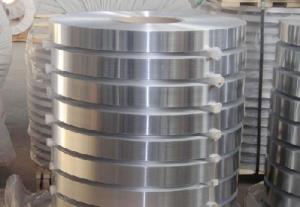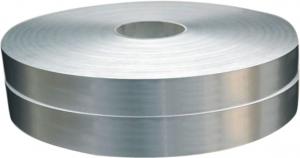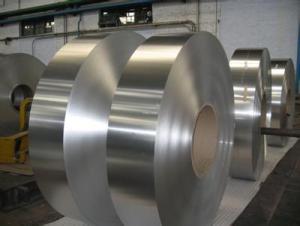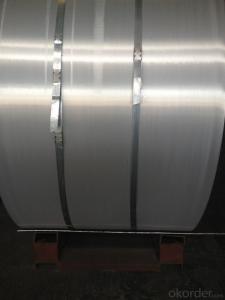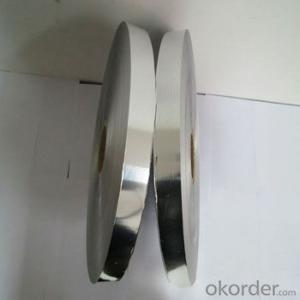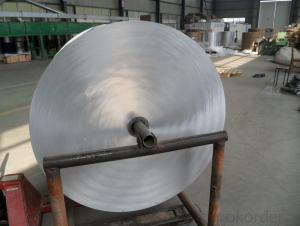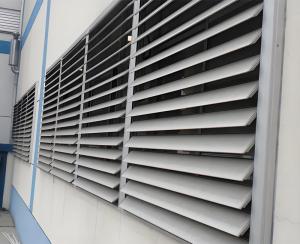1/8 Aluminum Plate
1/8 Aluminum Plate Related Searches
Aluminum 1/8 Plate Aluminum Plate 1/8 1/8 Inch Aluminum Plate 1/8 In Aluminum Plate 1/8 Thick Aluminum Plate Aluminum Plate 1/8 Thick 1/8 Inch Thick Aluminum Plate 1/8 Aluminum Diamond Plate 1/8 Diamond Plate Aluminum Bending 1/8 Aluminum Plate 1/8 Aluminum Checker Plate 12 X 12 X 1/8 Aluminum Plate 1 8 Aluminum Plate 1/8 Inch Aluminum Diamond Plate 1/8 Inch Diamond Plate Aluminum 1/8 Black Aluminum Diamond Plate 3/8 Aluminum Plate 5/8 Aluminum Plate 1/8 Aluminum Plate Near Me 1 8 Inch Aluminum Plate 3/8 In Aluminum Plate 1/8 Aluminum Plate Weight 1/4 Aluminum Plate 1/2 Aluminum Plate 4x8 3/8 Inch Aluminum Plate 1/4 Aluminum Plate 4x8 1/16 Aluminum Plate Aluminum Plate 1 8 Thick 1 8 Thick Aluminum Plate 1/2 Aluminum Plate1/8 Aluminum Plate Supplier & Manufacturer from China
1/8 Aluminum Plate is a popular choice among various industries due to its lightweight, corrosion-resistant, and high-strength properties. This type of aluminum plate is commonly used in construction, transportation, aerospace, and other sectors where durability and performance are essential. With a thickness of 1/8 inch, it offers a balance between strength and flexibility, making it suitable for a wide range of applications.The 1/8 Aluminum Plate is widely utilized in applications such as signage, fabrication, and architectural projects. Its lightweight nature allows for easy handling and installation, while its resistance to corrosion ensures long-lasting performance even in harsh environments. This product is also favored for its ability to be easily cut, machined, and formed into various shapes and sizes, making it a versatile material for a multitude of projects.
Okorder.com is a leading wholesale supplier of 1/8 Aluminum Plate, offering a vast inventory to cater to the diverse needs of customers. With a commitment to quality and customer satisfaction, Okorder.com ensures that the aluminum plates are sourced from reputable manufacturers and are available at competitive prices. Whether you are a small business owner or a large-scale contractor, Okorder.com is your go-to source for reliable and high-quality 1/8 Aluminum Plate.
Hot Products

